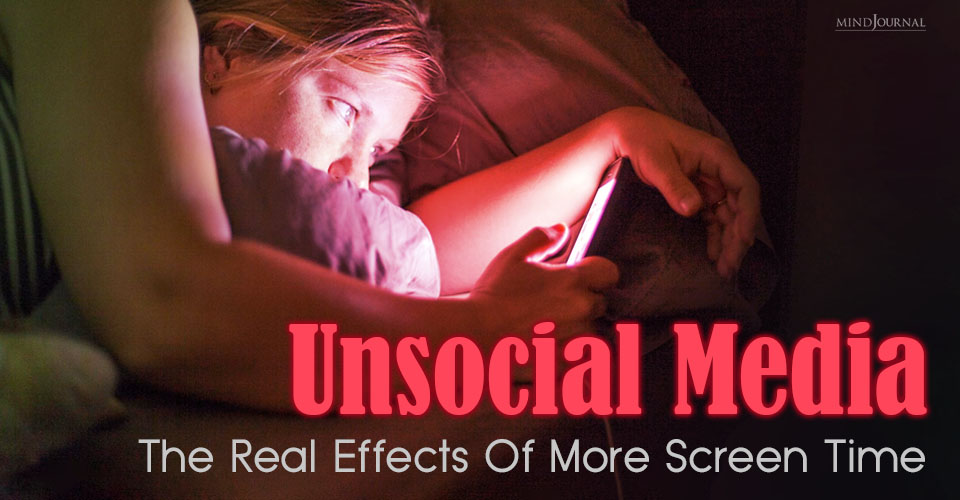Does stress have to be damaging? No. Stress can either be good or bad, known as eustress or distress respectively (the “yin” and “yang” of stress). Let us find out how to differentiate between them.
Eustress Vs Distress: Knowing The Difference
Managing stress is now a skill since it is a given in everyday life. The one who makes the best use of it can sustain better. Whether it is eustress or distress, how you respond decides its impact.
Good Stress Or Eustress Meaning
Getting a job can be stressful too, but it is the “Good Stress”. It excites you with a sense of positivity like you are about to enter a new phase in your life with many prospects and opportunities. You become more conscious and motivated to give your best.
Bad Stress Or Distress Meaning
But when you lose a job, that is distressing. It saddens and disappoints you, it hurts your self-esteem, and you feel helpless anticipating the numerous other problems most likely to occur in your life after losing a job.
Eustress can be defined as the stress that you feel before doing something inspiring. For example, an adventure, getting into a new relationship, anything that pounds your heart with excitement and you eagerly look forward to it.

Distress is bad stress. The kind of stress that makes you feel anxious, helpless and demotivated. For example, losing a job or living in a chaotic environment can cause you dissatisfaction and make you feel overwhelmed with emotions.
5 Ways To Know Whether It Is Eustress Or Distress
Check these 5 points to know whether you are facing eustress or distress:
1. How do you perceive the stressor?
Consider this the number one checkpoint to know whether it is eustress or distress. When you perceive stress from a positive mindset, it is an eustress. Distress, makes you see the stressor as a threat.
2. How do you respond to the stressor?
Eustress can initiate the fight or flight response in you. This response can boost your performance level if you know how to manage or channelize it. Distress initiates a freeze response, where you completely shut off from the stressor as it is uncomfortable.
3. How long does the stressor remain?
Eustress stays for a short period. The stressors generally have a fixed beginning and ending point. Distress goes a long way, as the stressor is most often linked deeply with our emotions and sense of justice.

4. How long does it take to become calm?
In the case of eustress, it takes until the problem is solved or the thing is done! Whether it is a presentation or a meeting. But, in case of distress, it takes forever to regain normalcy or to feel motivated again. It can be the loss of a job or a financial debt.
5. What are the Physical symptoms?
When it is eustress, you can feel your heart pounding. You feel motivated and excited to take on the challenge proactively. During distress, you can have physical symptoms like nausea, headache, muscle pain, and all other uncomfortable physical conditions.
Related: 10 Secret Areas Where You Store Stress In Your Body
The Stress framework comprising of eustress and distress can help us to navigate stress and feel safe. Many times, due to preconceived notions, one might get worried even for eustress. Now you can understand the difference.
Eustress VS Distress: How To Change One Into The Other?
There is no doubt that eustress is “the good stress”. But, what about distress? Can anything be done? Let us see if we can change distress into eustress. You can consider and try the following ways to change distress into eustress:
1. Change your perception
It is easier said than done but trying to change perceptions for your own well-being is a mindful choice that can help you in the long run.
In times of distress, you can choose to look at the brighter side or come up with a plan to handle the negative impacts that make you worry. You can choose critical thinking over over-thinking.

2. Accept the reality
Accepting reality helps you to move ahead in life without getting stuck in a never-ending loop of what-ifs. There can be situations out of your control that overwhelm you and disappoint you.
It is better to accept reality and to never exhaust yourself trying to control such situations. There can be plenty of new things to focus on and it is always better to focus on what you can control.
3. Learn how to regulate emotions
Numerous times, our emotional dysregulations can spiral out causing distress. In the same situation, if you try to regulate your emotions, it might not have the same impact as distress has on your body.
Distress is associated with physical symptoms, and you can manage or control them through emotional regulation. Choose to respond rather than react to situations, understand your emotions, and constructively express them.
Takeaway
Stress can be either good (eustress) or bad (distress). When you’re stressed, your body releases a hormone called cortisol. In the case of eustress, this can be beneficial. But it’s important to know the difference between the two and to make sure eustress doesn’t morph into distress.
Related: Am I Stressed or Anxious? How to Recognize the Difference and Cope
Share your thoughts about this in the comments below!
Frequently Asked Questions (FAQs)
What are examples of eustress?
Examples involve excitement for a roller-coaster ride, getting a new job, or getting involved in a new relationship.
What are the 4A’s in a relationship?
The 4A’s to manage stress are avoid, alter, accept and adapt
What are the characteristics of eustress?
Following are the characteristics of eustress: it motivates you to take action, it happens over a short time and your performance improves.
Who coined the term eustress?
Hans Selye coined the term eustress.
Do we get adrenaline rush from eustress?
Yes, every activity making your adrenaline rush can be categorized as eustress.










Leave a Reply